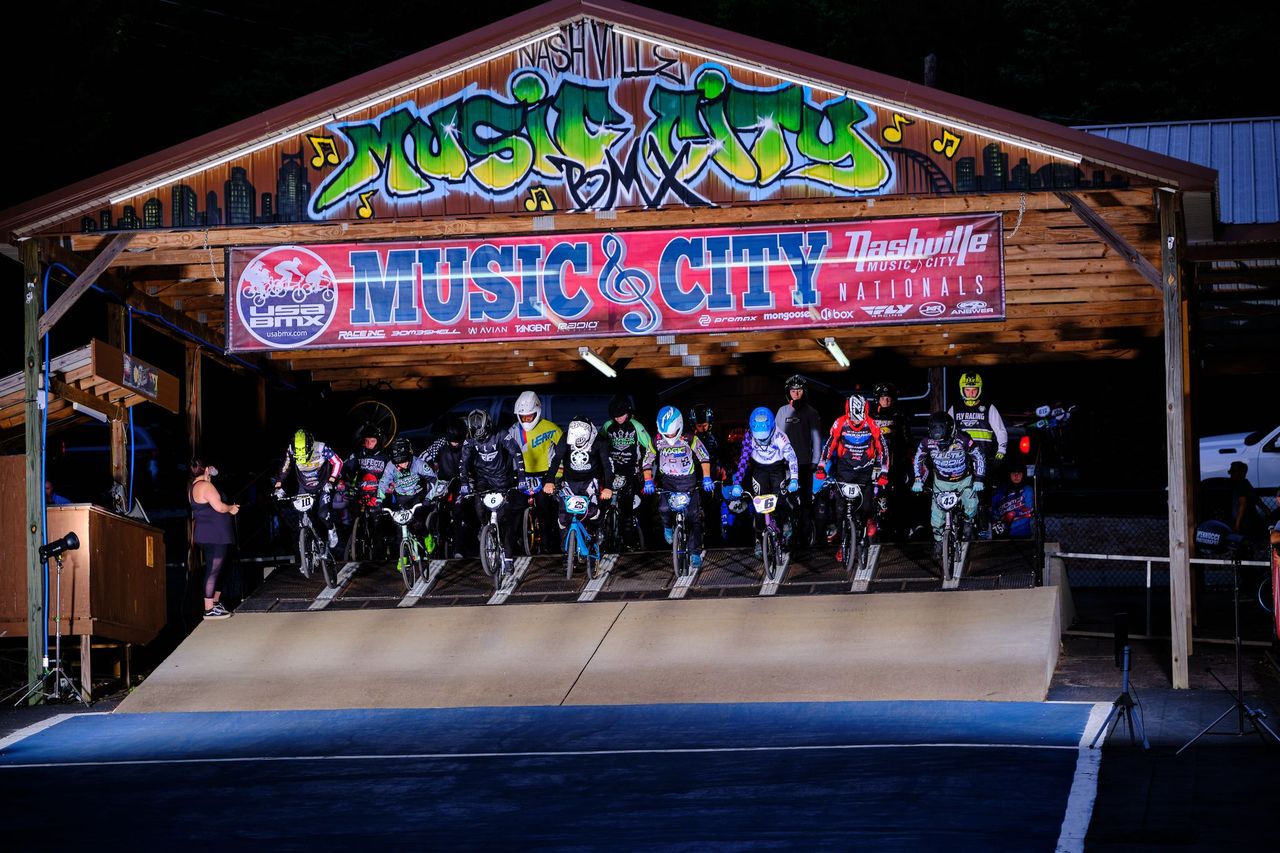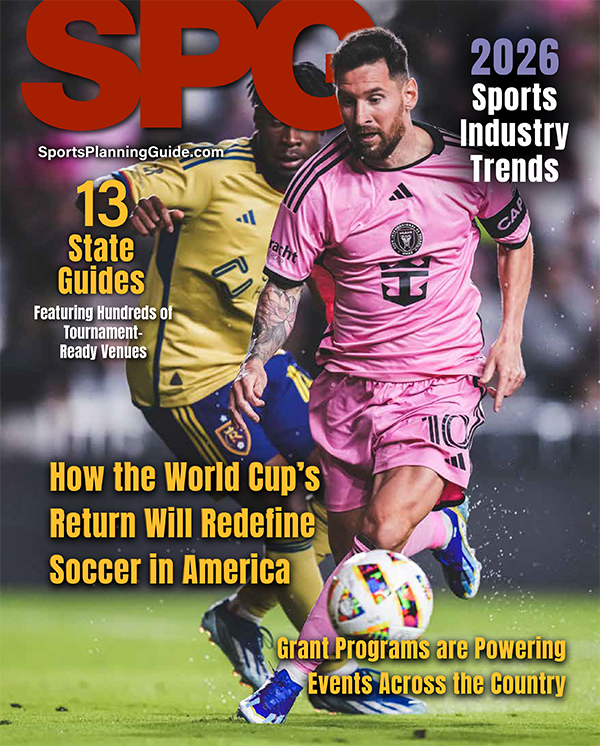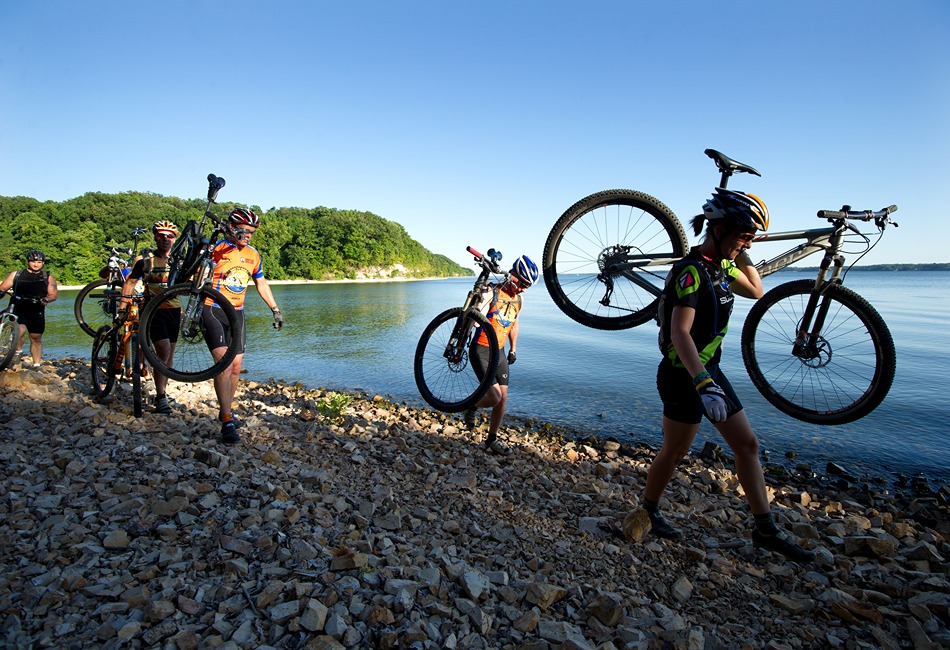Transcending people, place & pandemic, sports lead the return of tourism group travel
Sports tourism has been through this before.
Following the Great Recession of 2008-09, sports tourism quickly bounced back to what became a decade straight of year-over-year growth. Released just prior to the pandemic by Sports Events & Tourism Association (Sports ETA), the 2019 State of the Industry Report again reflected record growth to the tune of $103 billion in economic impact and 740,000 jobs supported by amateur sports events.
Now, what appears to be the backside of COVID-19, tourism practitioners and data indicate that youth sports has steadied its way to back to another incline and is leading the return of tourism group business.
“Even though it’s been a staggered growth across the country, the first thing coming back in most all of our markets is sports,” said Mike Price, executive director of the Greater Lansing Sports Authority (GLSA) and board chair of Sports ETA. “That comes to a couple of things. One, there is the incredible quality of life attributes to the events, and you can operate events in a very safe capacity and structure. Those outdoor events came back quite a bit quicker on the sports side and we saw that across the country. And I think as we move forward, the events and meetings side of our industry is still slow to recover with many experts predicting we won’t get a full recovery on that end until 2024 or 2025.”

As youth sports are bouncing back, average hotel stay rates are increasing as well. Photo courtesy of USA Softball
Why the quick recovery?
Per the current edition of Sports ETA’s The Pulse, the sports events and tourism industry’s dashboard of real-time data, sports travel is up 5.5% while average hotel stays are up 12.9% and exceeding all 2020 numbers in the nine reporting months thus far in 2021.
Why the quick recovery? Like the rest of the hospitality and tourism world, sports facilities and programs were certainly hit hard from reductions and closures, yet the agility of the segment again lessened the blow. Outdoor, individual and pick-up sports like biking, golf and skateboarding thrived, and the holistic value of sports tourism shined through as destinations and event owners resorted back to their roots of a more regionalized focus.
“I think a lot of our markets have been very successful at leveraging the visibility that comes along with (sports) events and moving into the space of helping local leaders identify how critical it is to have a healthy environment in your community based around sport,” Price said. “It’s not just the economic impact that comes from these events. It’s the quality of life, the visibility that is provided, it’s the sense of community pride and connectivity that exists.”
Infrastructure investment has continued with facility feasibility studies and venue grand openings remaining ever-present throughout the pandemic, and the value of sports and recreation nationally is being encouraged even more as part of the American Plan Rescue Act of 2021, the Economic Development Administration’s $1.9 trillion recovery program. The bill has earmarked $350 billion for state and local governments to address economic and social impact, funds that are being used to invest in public outdoor recreation spaces, public plazas and parks in disproportionately impacted communities, and to address maintenance in public outdoor spaces. Another $240 million has also been disbursed to U.S. states and territories to manage and distribute grants that are eligible for travel, tourism, outdoor recreation and tourism strategy development work.
Sports ETA continues to support the industry
As funding has begun flowing from the government into states and cities around the country, Sports ETA, which is slated to release the latest State of the Industry Report in mid-2022, has continued following the bouncing ball of sports tourism since the day the pandemic hit the U.S.
“I’m so excited at what Sports ETA did over the last 20 months and continues to do to support and grow our industry and to provide resources,” Price says. “Almost immediately, the staff and volunteers jumped in to figure out what can we do from a programming standpoint to help. And that collaborative approach has continued as things start to ease. I’m really excited to see where our industry and the Association stands as a whole 20 months from now compared to where we were two years ago.”
By Nick Povalitis, Plus Seven Company
Main photo courtesy of USA BMX





